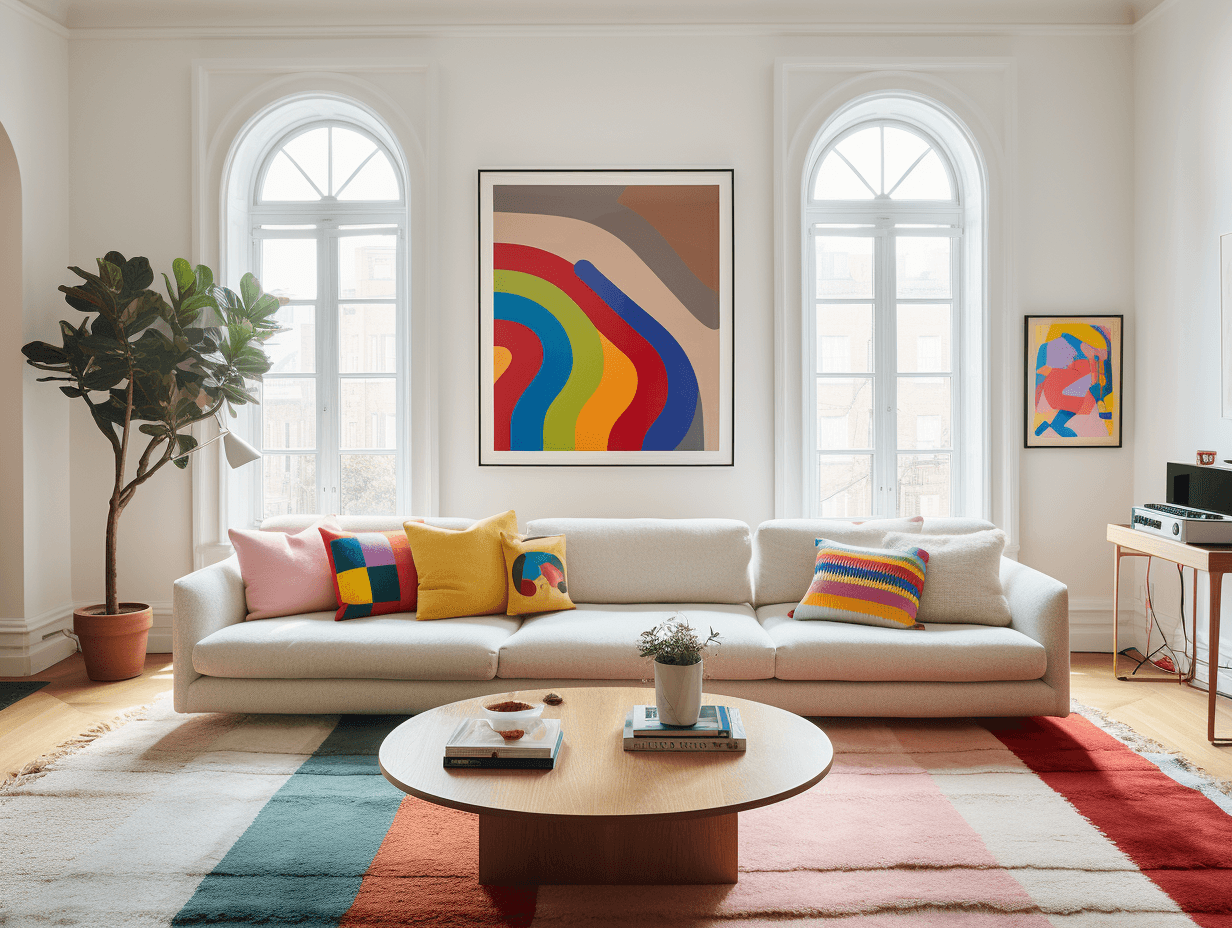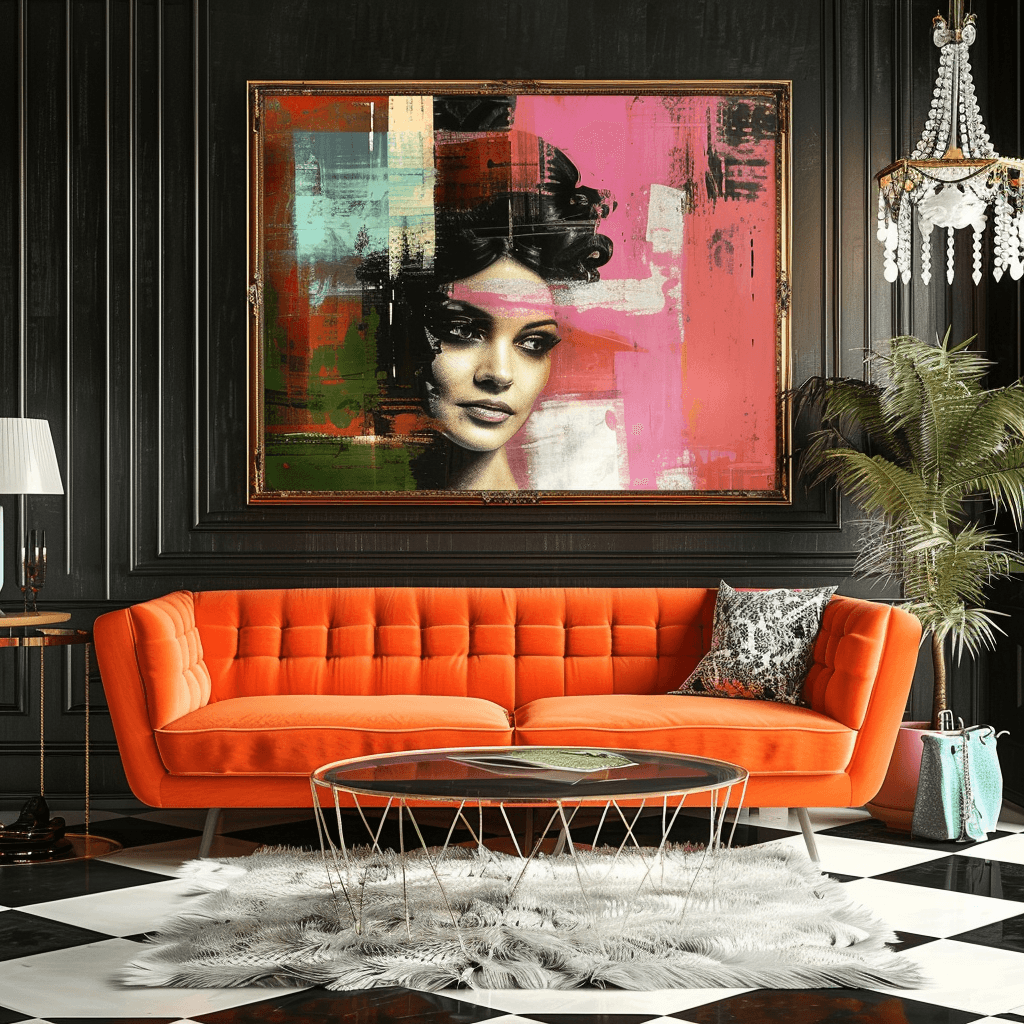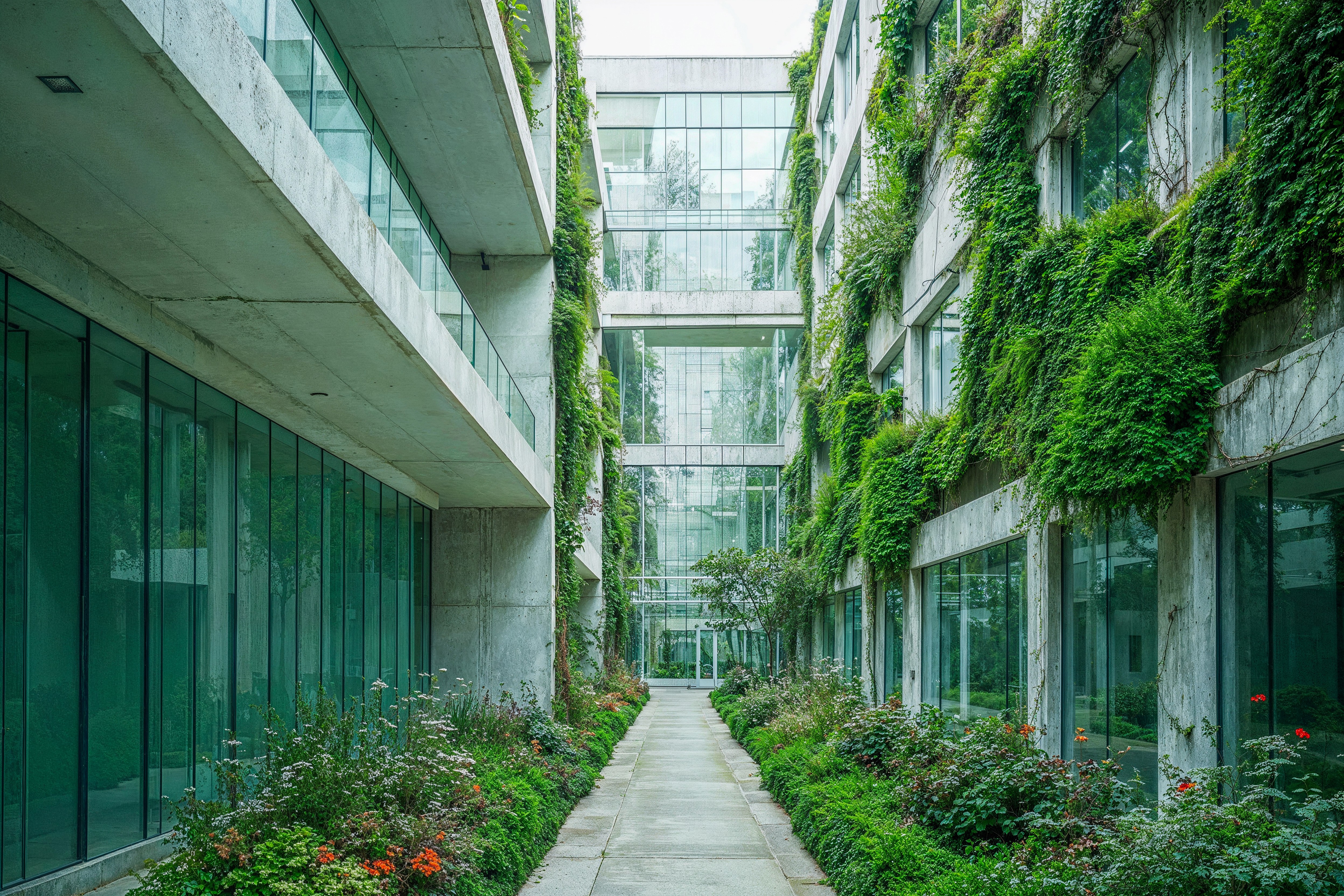Crafting Perfect Spaces: The Art of Interior Design
Understanding the Space and Its Purpose
Every successful interior design starts with a clear understanding of the space’s purpose. Whether it’s a cozy living room, a productive office, or a luxurious bedroom, the design should cater to the activities and emotions the space is meant to evoke.
The Power of Colors and Textures
Colors and textures define the mood of a room. Neutral tones like whites and grays create a calm and timeless feel, while bold hues like deep blues or rich greens add energy and personality. Textures—from plush rugs to smooth marble surfaces—add depth and interest, making spaces feel alive.
Furniture as Functional Art
Furniture is a cornerstone of interior design. It needs to balance form and function, blending seamlessly with the overall theme while serving practical needs. Statement pieces, like a modern sofa or a vintage dining table, can become the focal point of a room, adding character and charm.
Lighting: The Unsung Hero
Lighting can make or break an interior design. Natural light enhances the openness of a space, while well-placed artificial lighting, such as pendant lights or recessed fixtures, creates ambiance. Layered lighting—ambient, task, and accent—ensures both functionality and style.
Adding a Personal Touch
Personalization transforms a house into a home. Whether it’s through family photos, artwork, or meaningful decor items, incorporating personal elements makes a space feel unique and emotionally connected to its inhabitants.
Conclusion
Interior design is the art of transforming spaces into reflections of purpose and personality. By carefully considering elements like color, furniture, and lighting, designers create environments that are not only visually appealing but also deeply functional and personal.








